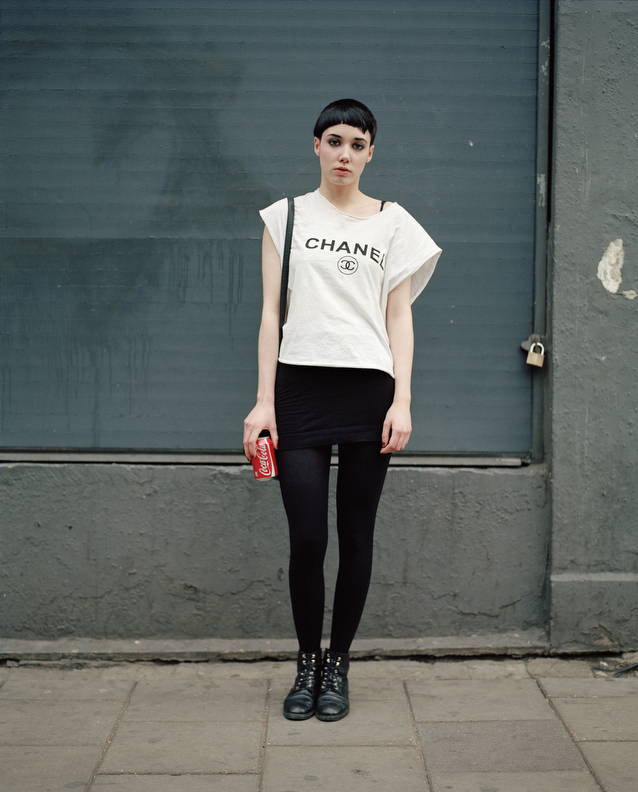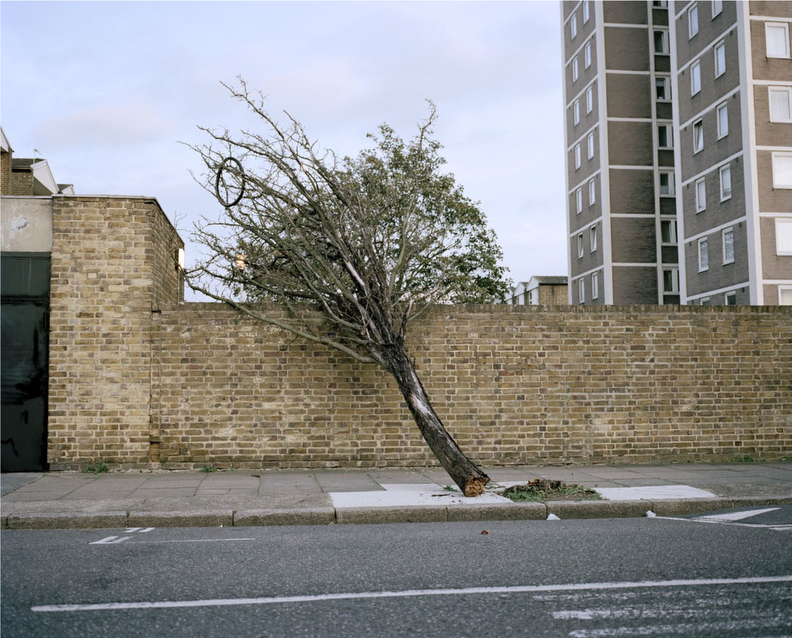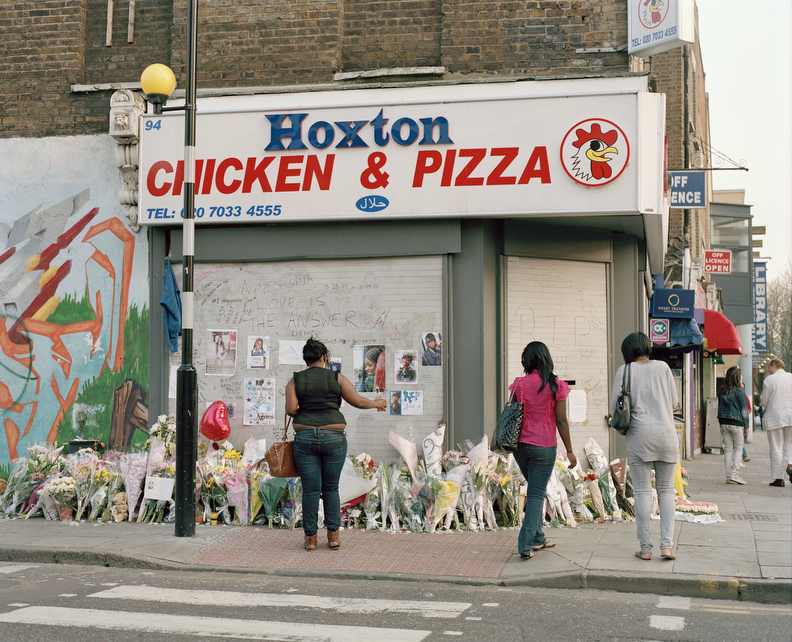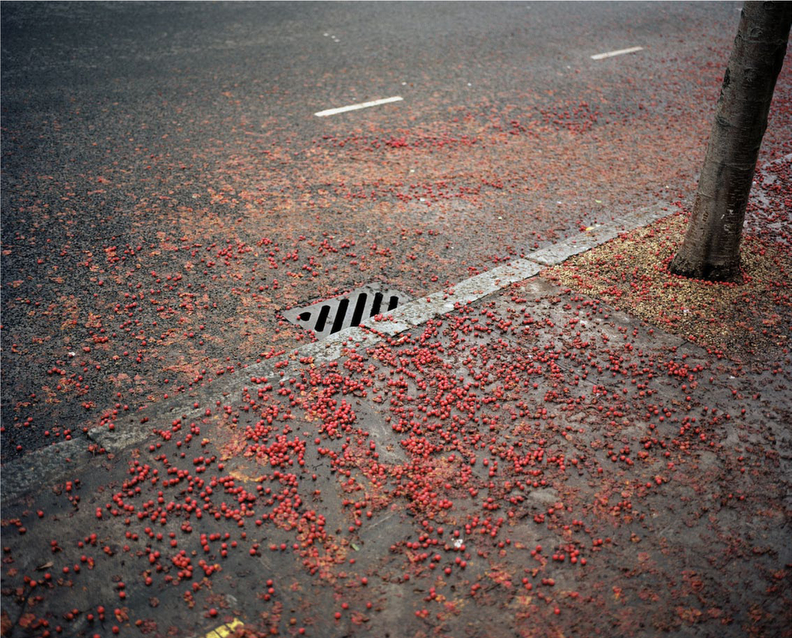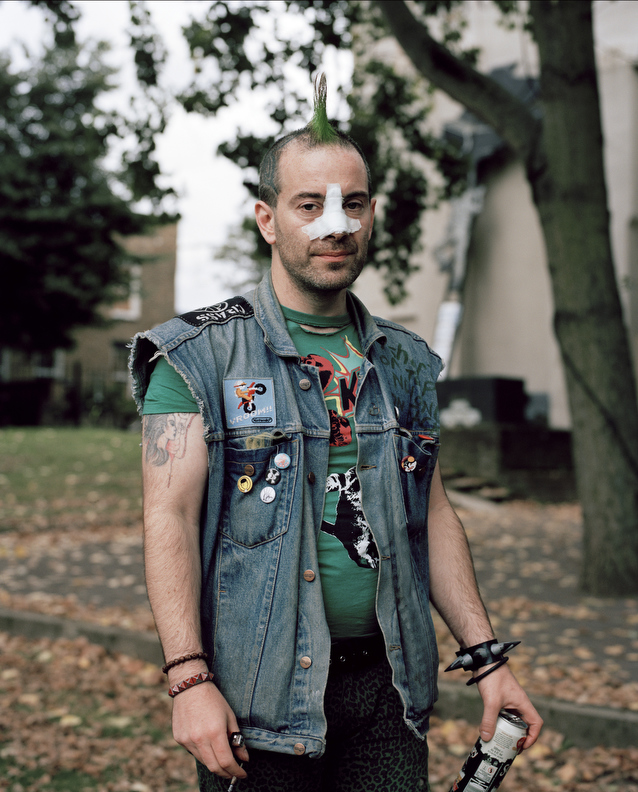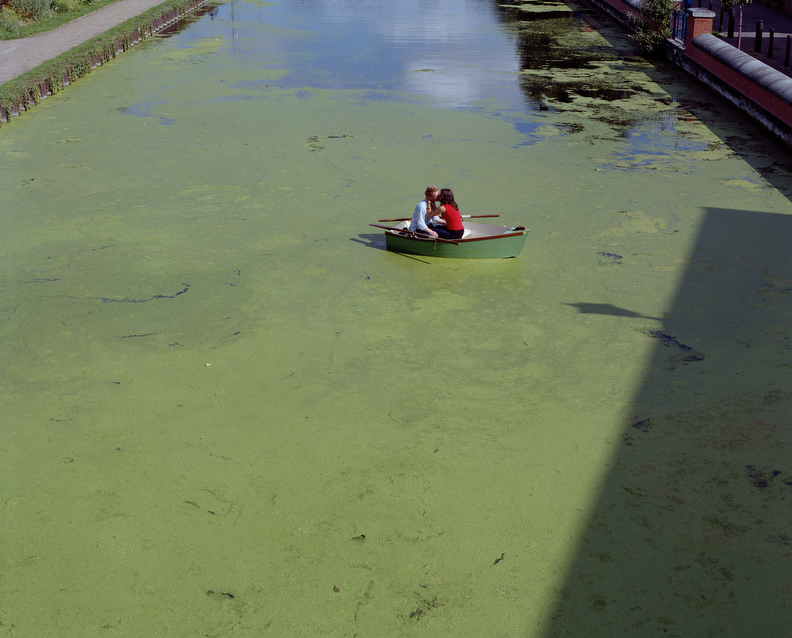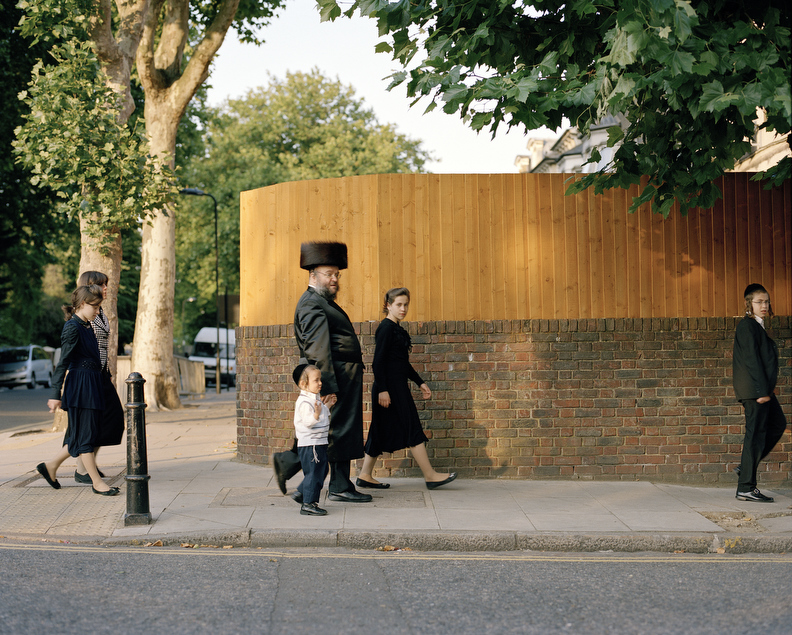I have lived in Hackney all my life, since I was five years old. It was always shabby and run down, and in many ways represented a place to get away from.
But one day I noticed Hackney was changing. It suddenly seemed oddly alive, crazy and absurd. It was always poor – one of the poorest boroughs in London – but it was becoming trendy. I would joke that in Broadway Market on a Saturday afternoon (hipster Ground Zero) you could no longer tell if someone was the editor of a fashion magazine, or someone who had recently escaped from a mental asylum. They looked the same. Were they blindingly trendy, or having a breakdown? Was that mullet ‘ironic’, or the result of years of institutionalized care? One day I laughed out loud pedalling home on my bike. I thought: I must document this moment in time.
Soon after, on a spring evening in April 2010, a 16-year-old schoolgirl was killed by a gunshot fired through the window of a fast food restaurant in Hackney. The gunman, 21 years old and riding a bicycle, was trying to scare a rival youth gang. On the same day, two men on a motorbike shot at two males walking along the street, who then returned fire.
It didn’t bode well for the approaching 2012 Olympics. But Hackney – though crime-ridden, poor and dilapidated – was nevertheless in the process of becoming one of London’s hippest neighbourhoods.
Down the road from the shootings, contemporary design studios and modernist apartment blocks now pepper the landscape, like out-of-place totems of middle-class gentrification.
But the social landscape for an under-privileged teenager growing up in Hackney, one of London’s poorest boroughs, is a million light-years away from the new urban hipsters who frequent the cool bars and expensive cappuccino café’s springing up in the same streets. These worlds co-exist side-by-side but entirely separate, creating bizarre juxtapositions of wealth and poverty, aspiration and hopelessness.
Hackney is a socially, ethnically diverse melee. It has violence, beauty, wildlife, concrete wastelands, poverty and affluence jumbled together, vying for space. It is tattered and fractured, but full of life. I am watching with fascination as the area goes through a metamorphosis – and witnessing an extraordinary contemporary social situation develop.
By taking the time to walk the streets and observe, I slowly fell in love with the area. The images are a kind of meditation on the confusion of cultures, clash of identities and the beauty and ugliness that co-exist in the borough today.
I went to a forward-thinking experimental primary school in East London that encouraged art and independent thought, until my parents, as 70’s hippies, plucked me out of school and took me and my sister on a one-year road trip to India, traveling overland from Britain in a converted diesel ambulance. When we returned I had the misfortune of ending up at a rough comprehensive school in Hackney. I found out years later it had the worst academic record of any school in the capital, and in subsequent years was closed down and demolished. The school was encircled by housing estates and chain-link fences, set on a concrete landscape without a blade of grass in sight.
I mutated from a well-spoken hippy child to comprehensive school yob. As a ‘grown-up’ I’m now a strange hybrid. Part genuine local, part media ponce. Sometimes, as I sit in my local café – scowling at the twittering, high-pitched middle class twits at the table next to me, and I catch my reflection in the plate glass window and see that I am one them, too…with my standard-issue silver Apple laptop, in a café named ‘Tina We Salute You’, sipping an expensive café piccolo.
There is a story of gentrification going on here. And it raises difficult questions that are hard to answer – is it good, or bad?
I enjoy Hackney today more than I ever have. But I also watch with a growing concern for its identity. As the property developers move in and gated luxury apartments spring up on every street corner you have to wonder, how will it end?
